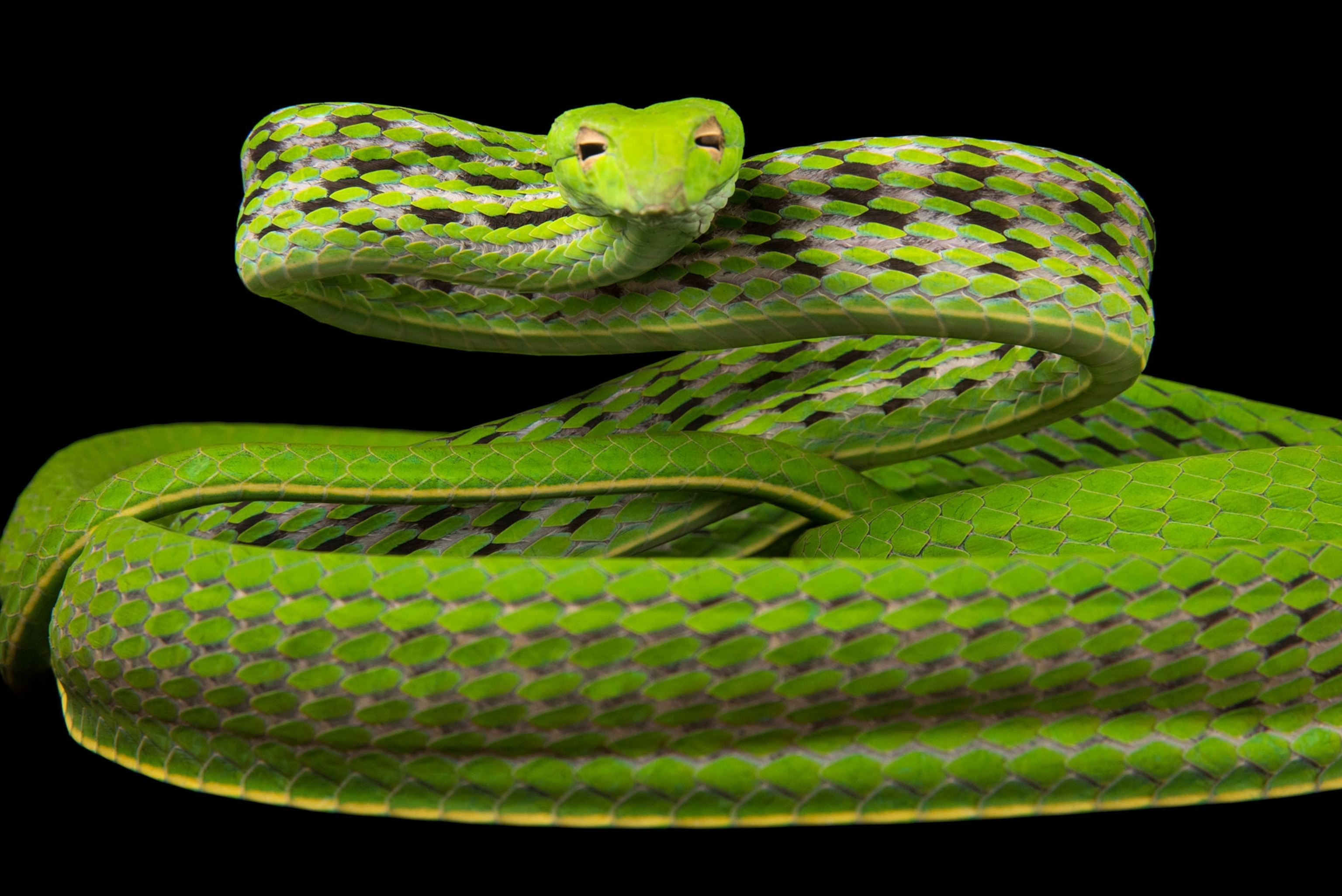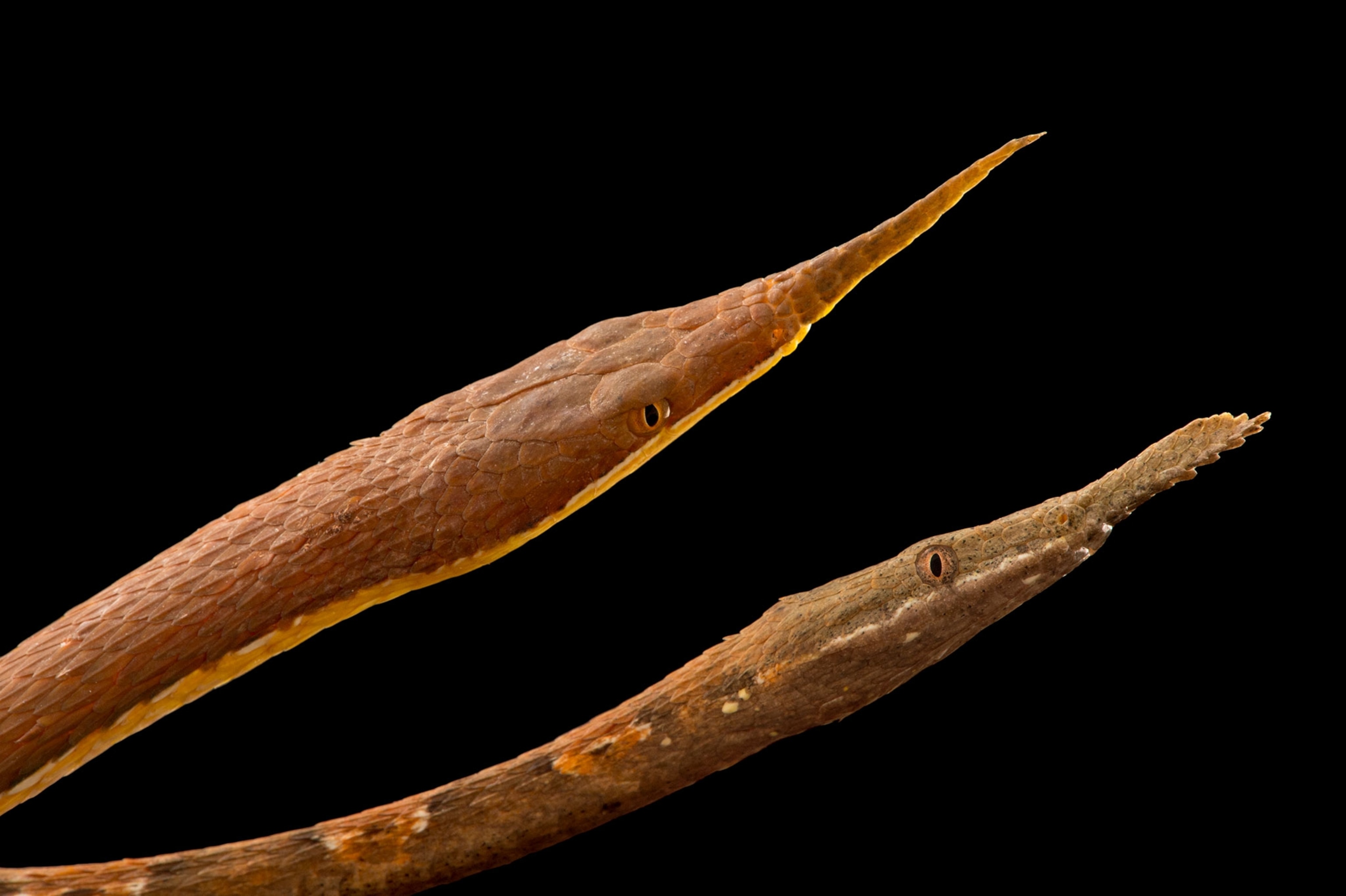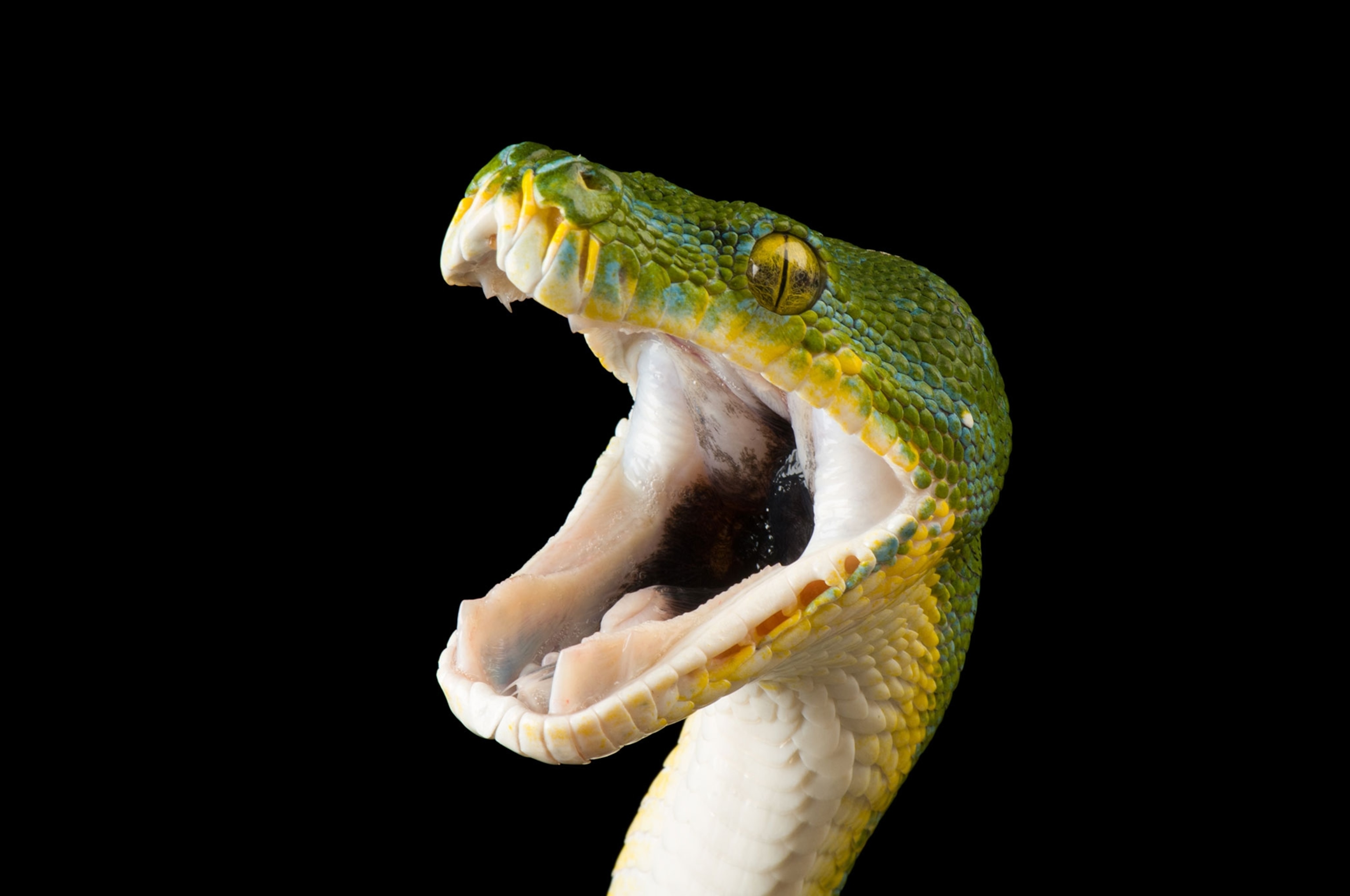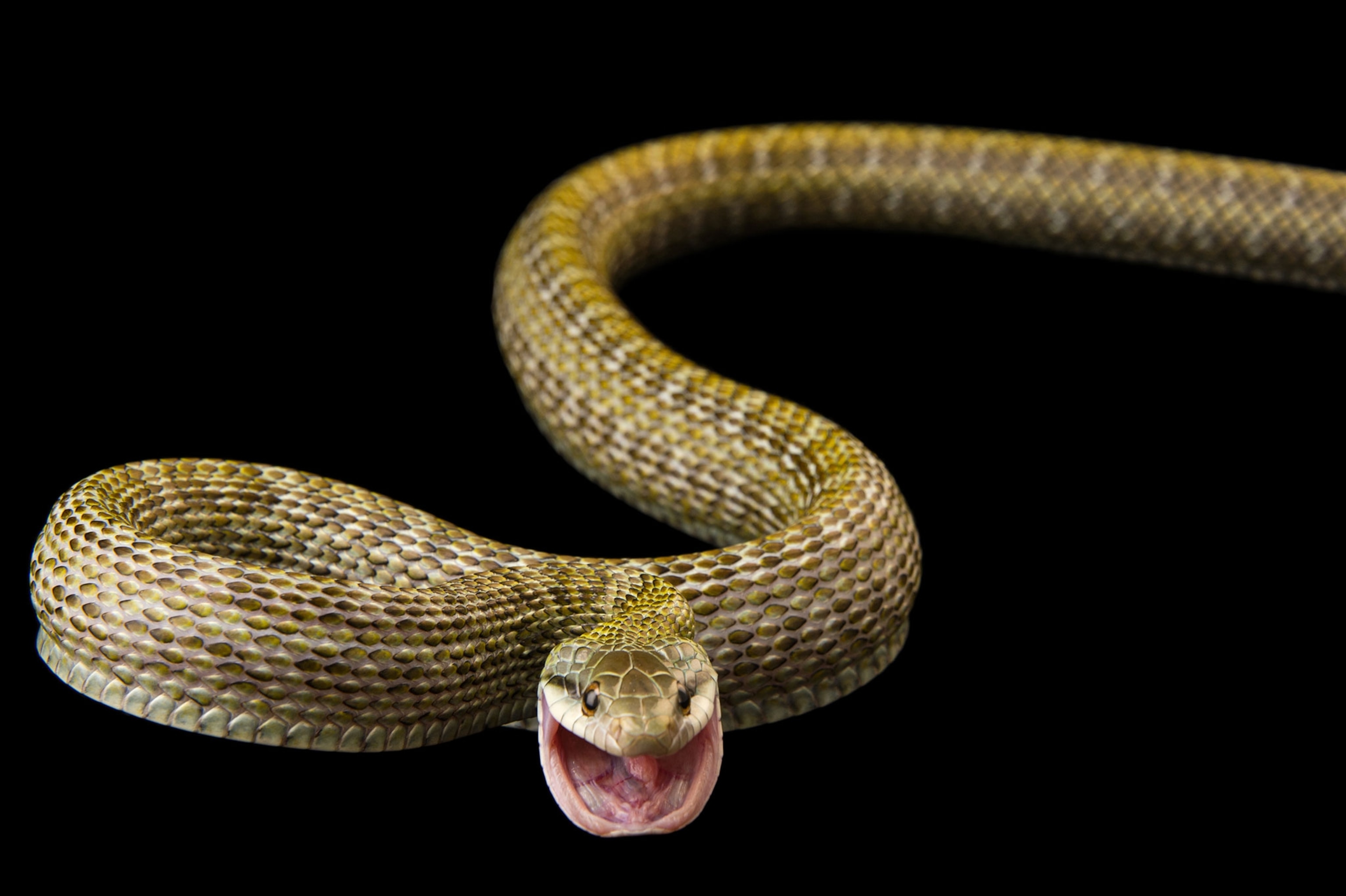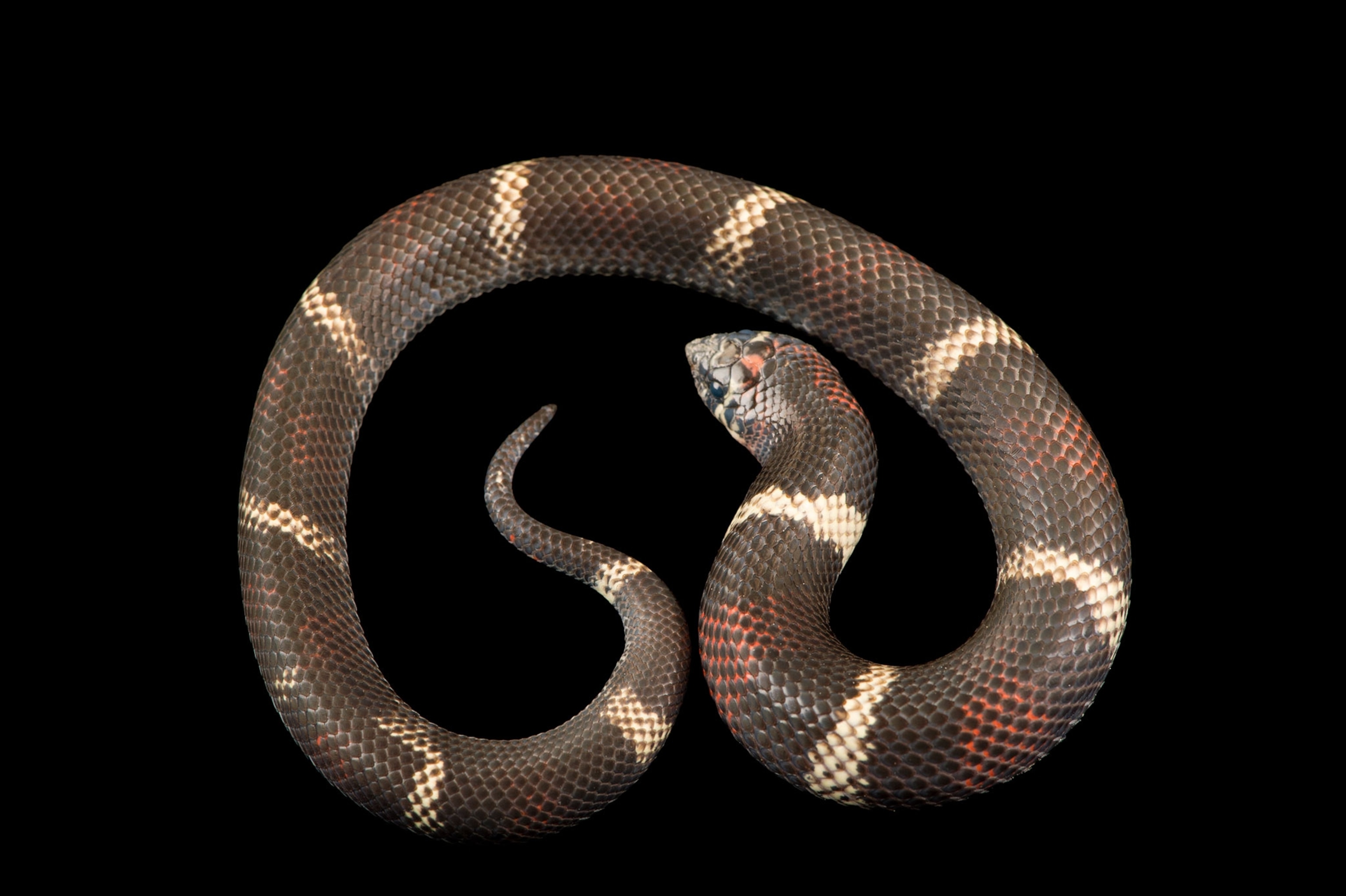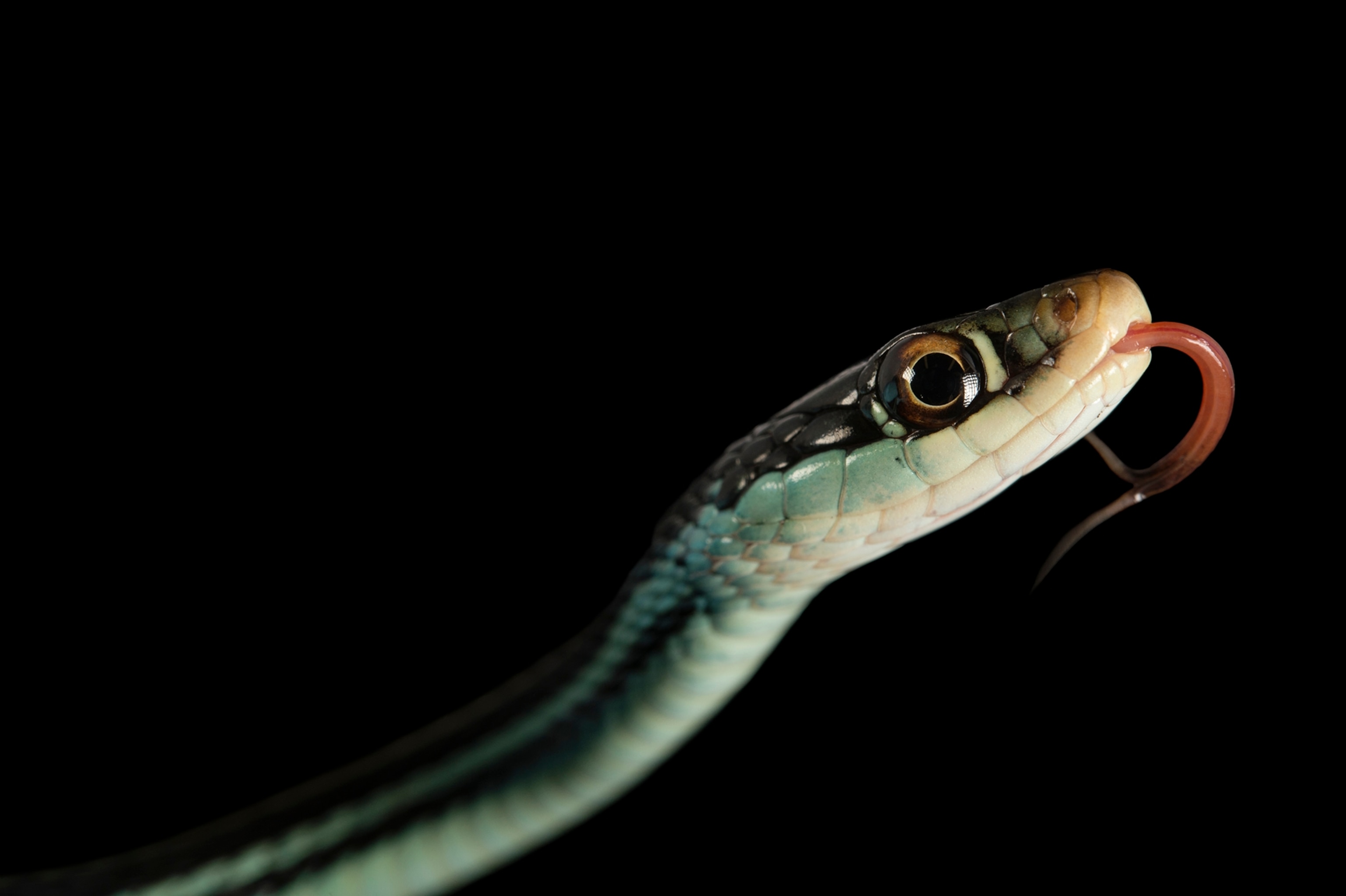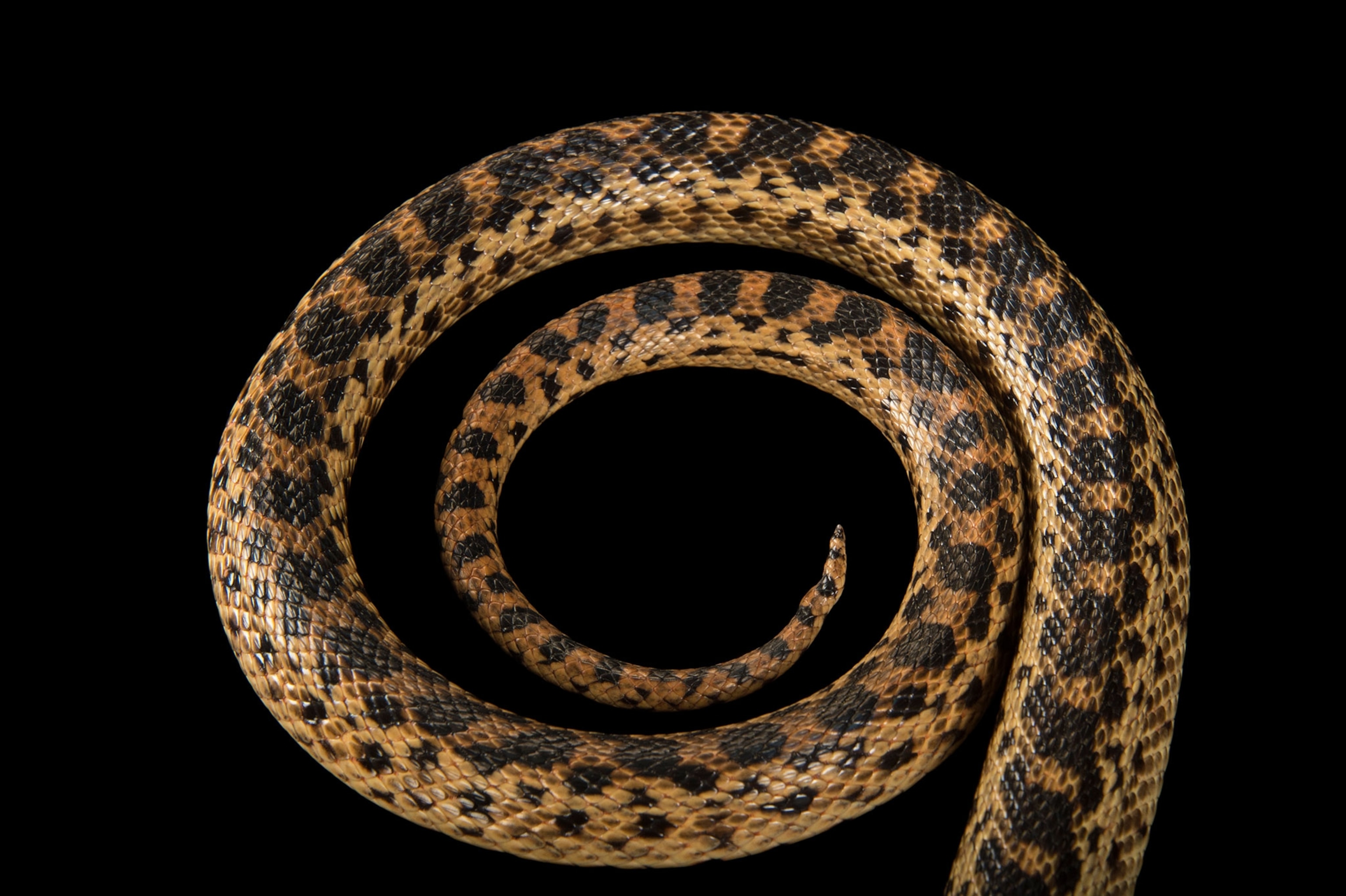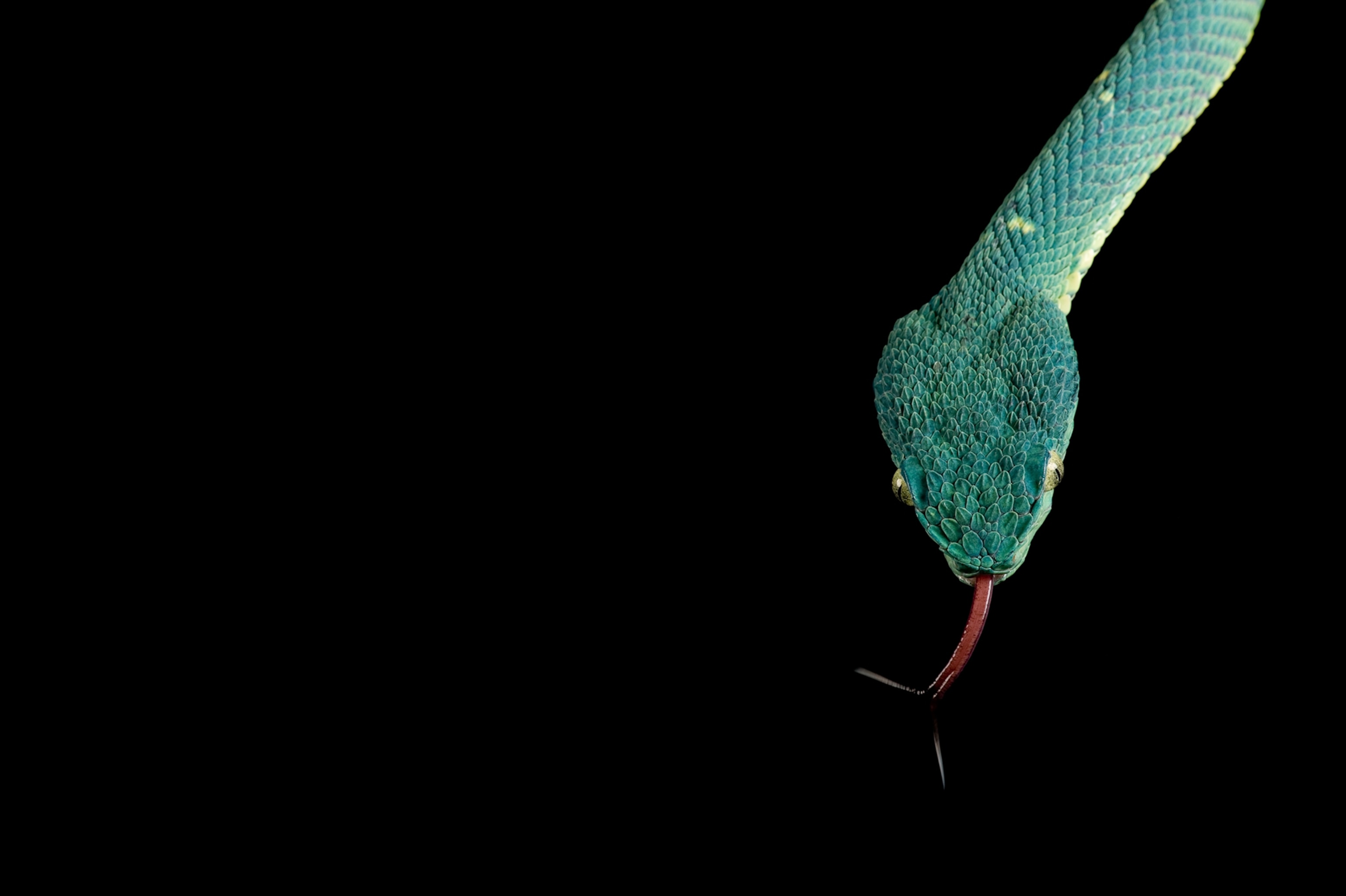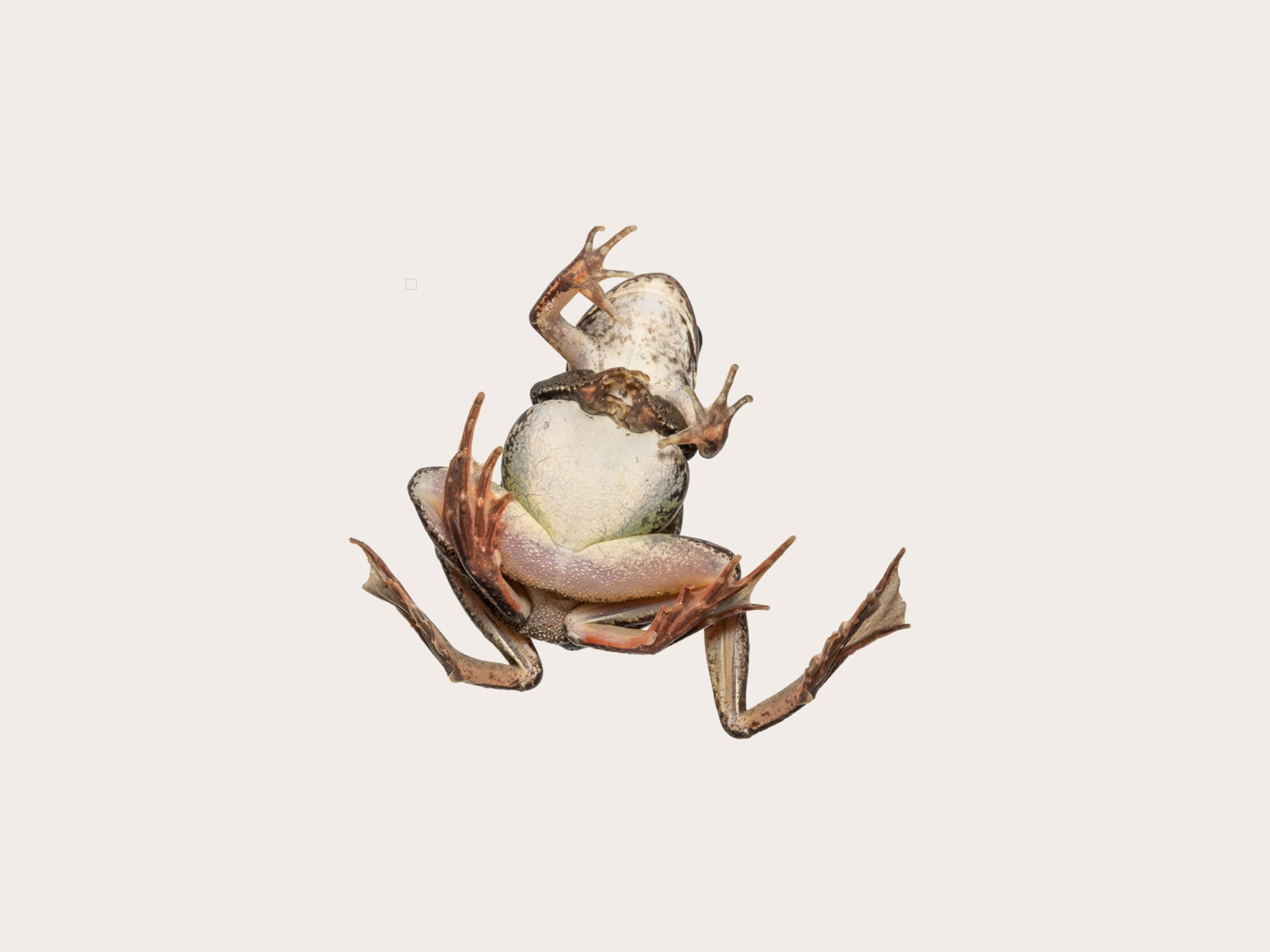
Fish With a Built-in Switchblade and Other Secret Animal Weapons
From harpoons to swivel-fangs, many creatures rely on hidden arms to deter predators.
Animal weapons are usually too obvious to be secret.
It's tough to miss moose antlers and beetle horns, for instance, which become "billboards" that advertise their fighting ability, says Doug Emlen, a biologist at the University of Montana in Missoula and author of Animal Weapons: The Evolution of Battle.
But there’s something to be said for the element of surprise—so we decided to investigate some creatures with more hidden arms.
Stonefish: Switchblade Face
These camouflage masters of the Indo-Pacific are the most venomous in the sea—but that’s not all. A recent study found they they’re also hiding a switchblade in their face.
This so-called larchrymal saber is a bony protuberance just under their eye.
“What makes this one different than most is that they can pop it out and and hold it out,” brandishing the blade at would-be predators, says study leader W. Leo Smith, an evolutionary biologist at the University of Kansas in Lawrence.
Smith has been stuck by dead specimens, and compares the feeling to “a large cactus needle or maybe a pushpin”—a rare case of a fish hooking a human.

Stiletto Snake: Sideways Bite
The venomous stiletto snake of East Africa and the Middle East doesn’t even have to give you the warning of opening its mouth to bite you.
See Our Incredible Photographs of Snakes
A ball-and-socket joint in its jaw allows a fang to swivel out and snag an unsuspecting victim without the reptile ever opening its mouth. (Read about more trickster animals.)
Spanish Newt: Side Spikes
In 2009, Egon Heiss of the University of Vienna found that the Spanish newt can rotate its ribs forward and stick them through its own skin as a defense against predators. (Related: "Newt Cuts Itself to Use Ribs as Concealed Weapons.")
They also secrete a sticky, poisonous substance through their pores to put opponents in double jeopardy.
Alberto Joven Araus, of the Karolinska Institute in Stockholm, has sequenced the amphibian’s genome, and has gotten poked on occasion.
He said “it feels like small needles pinching you superficially,” and though it’s hard to tell how many ribs hit you, “the reaction is to let that spiky guy go.”
Cone Snails: Deadly Harpoon
Think snails are slow? That’s just what they want you to think.
Cone snails have a siphon, which looks like a tiny elephant trunk and sniffs out fish.
With a needle-like harpoon, they shoot a paralyzing toxin into their prey faster than the eye can see. They then envelop the helpless fish into their siphon, eating animals as big as themselves.
Hooded Pithoui: Toxic Feathers
The hooded pithoui of New Guinea “have enough toxins in their skin and feathers that you get it on your hands when holding them,” says Jack Dumbacher, curator of the Ornithology and Mammalogy Department at California Academy of Sciences.
Dumbacher, who discovered the bird’s chemical defense in the early 1990s, has experienced the effects firsthand. If you get this toxin on your face or in your mouth “it can cause a burning tingling sensation, and possibly numbing if there's a lot of it.”
The birds utilize the same toxins as poison dart frogs in the genus Phyllobates, and just holding them can cause allergy-type symptoms, Dumbacher says. The birds likely get these toxins from eating the toxic mylerid beetle.
See? You are what you eat.
Have a question about the weird and wild world? Tweet me or find me on Facebook. Weird Animal Question of the Week answers your questions every Saturday.


